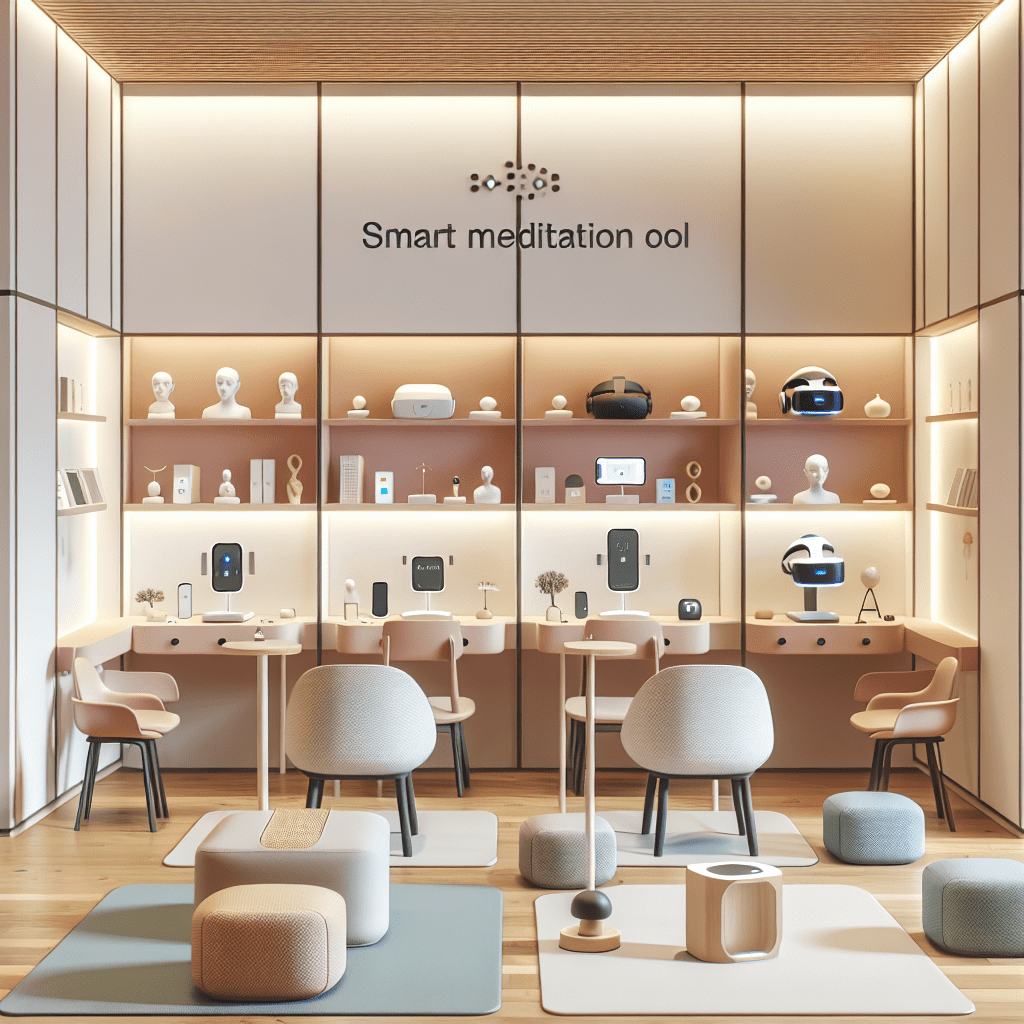
Prioritize your mental well-being daily. Enhance your life by nurturing your mental health with the Smart Meditation app. Break free from stress, alleviate anxiety, and enhance your sleep quality starting today.
Which Is The Best Nursing Intervention While Assessing A Patient With Anxiety?
Calming the Storm: Best Practices for Nursing Interventions in Anxiety Assessment
When it comes to assessing a patient grappling with the invisible shackles of anxiety, healthcare professionals, especially nurses, find themselves on the frontline. With a discerning eye and a soothing demeanor, nurses play a pivotal role in not only assessing but also alleviating the distressing symptoms of anxiety. It’s a tightrope walk, balancing clinical precision with compassionate care. However, amidst the plethora of strategies, identifying the best nursing intervention can seem like searching for a needle in a haystack. Fear not, for we are about to embark on a journey, unraveling the most effective interventions to turn the tide in favor of well-being.
Creating a Sanctuary of Calm
First and foremost, the ambiance matters more than you think. Creating a calming environment is not just about aesthetics; it’s about signaling to the patient’s brain that it’s in a safe harbor. Dimming harsh lights, maintaining a comfortable temperature, and ensuring a quiet setting can dramatically reduce sensory stimulation, which often exacerbates anxiety. It’s akin to laying the groundwork before constructing a building; a serene environment is the foundation upon which successful interventions are built.
Mastering the Art of Communication
Now, let’s dive into the heart of the matter – communication. Engaging in open, empathetic conversation is paramount. Here’s the kicker though: it’s not just what you say but how you say it.
-
Active Listening: This is your Swiss Army knife. Showing genuine interest and attentively listening without judgment can pave the way for trust. This involves nodding, maintaining eye contact, and avoiding interruptions. Essentially, it’s about validating the patient’s feelings without necessarily validating their fears.
-
Soothing Speech: The tone of voice can be a balm to frayed nerves. A gentle, calm speaking manner can work wonders in diffusing anxiety’s grip, serving as an auditory cue for the patient to relax.
-
Clear Communication: Avoid medical jargon. Using simple, clear language can prevent additional confusion and stress. It’s about making sure the patient is on the same page, not flipping through a medical textbook in their head.
Tactical Interventions
With the groundwork laid and communication channels open, incorporating specific anxiety-alleviating interventions can significantly enhance assessment accuracy and patient comfort.
-
Mindfulness and Breathing Techniques: Teaching simple mindfulness exercises or guided deep breathing can act as immediate anxiety relievers. These techniques equip patients with tools to manage their symptoms, promoting a sense of control over their anxiety.
-
Gradual Desensitization: For patients whose anxiety is triggered by specific aspects of the assessment (e.g., fear of needles), a gradual, step-by-step acclimatization can mitigate fear responses.
-
Distraction Techniques: Engaging the patient in light conversation about non-medical topics or utilizing music can divert their focus from the anxiety-inducing stimulus, making the assessment process smoother.
Tailoring the Approach
It’s crucial to remember that anxiety is as unique as the person experiencing it. There’s no one-size-fits-all solution. Tailoring these interventions to fit the individual patient’s needs, preferences, and specific anxiety triggers is where the real magic happens. This requires keen observation, flexibility, and creativity on the nurse’s part.
In conclusion, when wading through the murky waters of anxiety, a nurse’s role is pivotal. By fostering a calming environment, engaging in empathetic communication, and deploying tactical interventions, nurses can not only assess but also empower patients. This holistic approach does more than just diagnose; it heals, comforts, and above all, acknowledges the human experience at the heart of healthcare.





